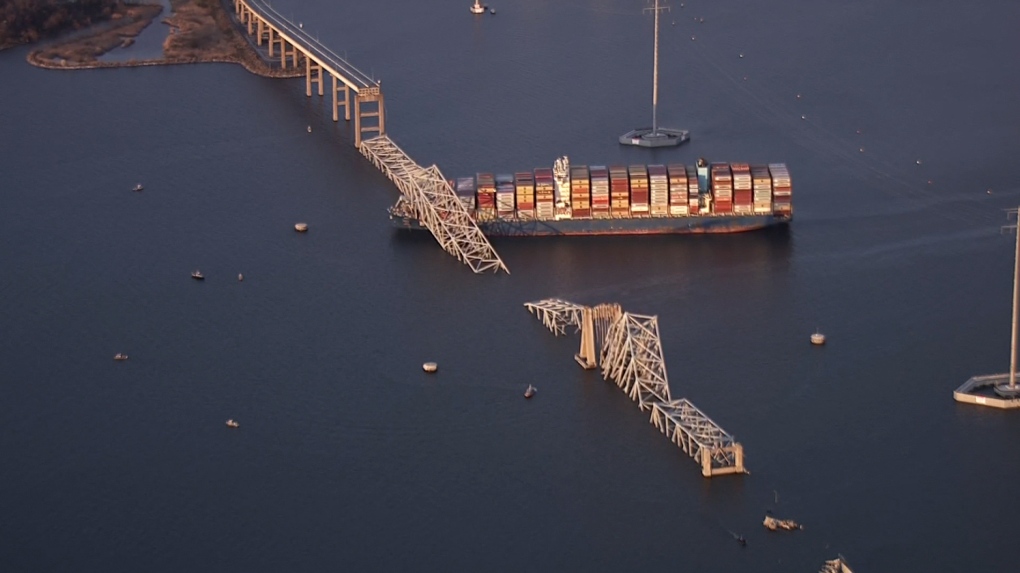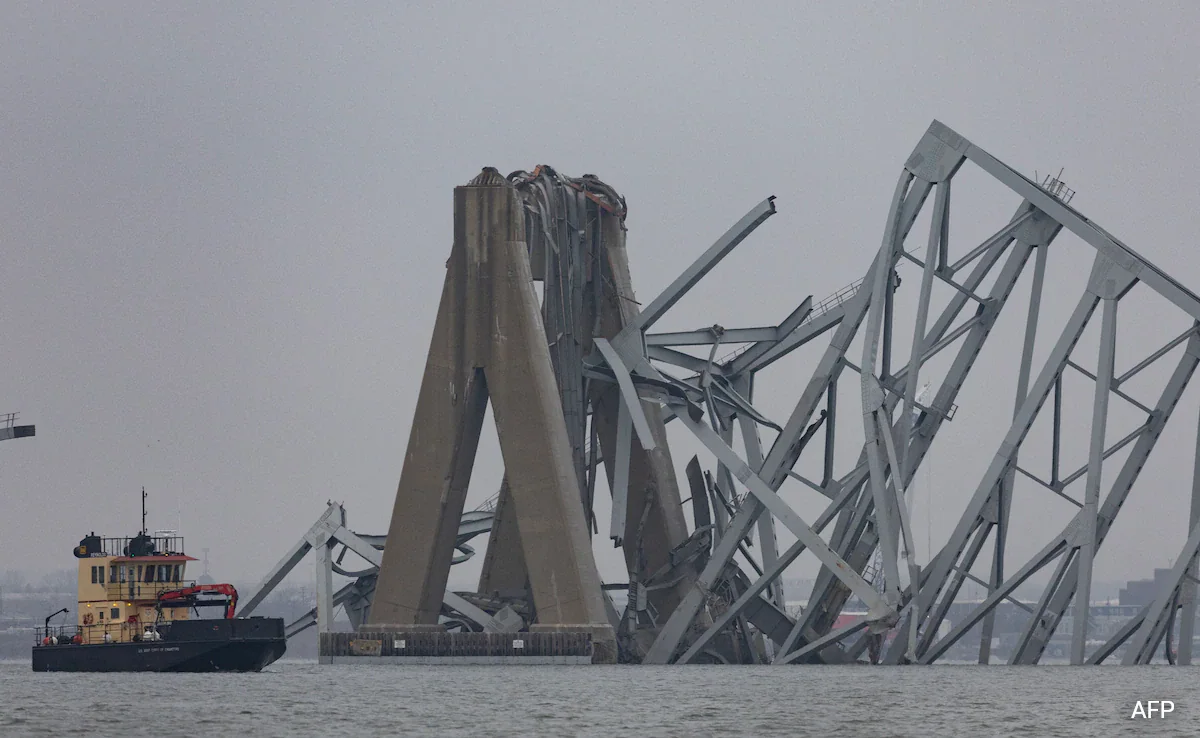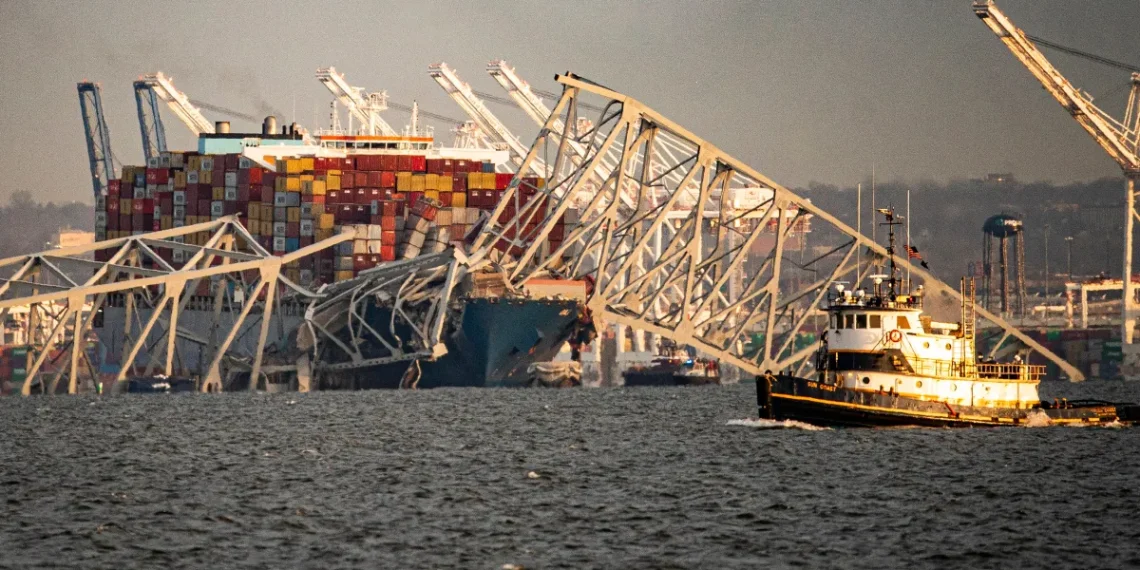The cargo freighter involved in the Baltimore Harbor bridge collapse had signaled for tugboat assistance and reported a power loss just moments before the incident, according to data from its “black box” recorder, revealed federal safety officials.
The Francis Scott Key Bridge, lacking modern structural redundancies, was more susceptible to catastrophic failure, further emphasized by the National Transportation Safety Board (NTSB).
Following the collapse, divers recovered the remains of two of the six missing workers, Alejandro Hernandez Fuentes and Dorlian Ronial Castillo Cabrera. Efforts to retrieve more bodies were suspended due to hazardous conditions underwater.

The tragic incident affected workers from diverse backgrounds, including immigrants from Mexico, Guatemala, Honduras, and El Salvador.
The economic repercussions loom large as the Port of Baltimore, a vital trade hub, faced indefinite closure. The port’s activity, supporting 8,000 jobs and generating substantial daily wages, underscores its significance to the regional economy.
However, experts suggest that the impact on the broader supply chain might be mitigated by alternative shipping hubs along the East Coast.
The NTSB commenced investigations, analyzing data from the freighter’s Voyage Data Recorder and interviewing crew members.
The recorded radio communications revealed the pilot’s distress calls for tugboat assistance and the subsequent power loss. Video footage captured the ship’s lights flickering before the collision, indicating the severity of the incident.

As recovery operations continue, the U.S. Coast Guard prioritizes restoring waterway access, stabilizing the vessel, and managing potential environmental hazards.
Although some hazardous material containers aboard the ship were breached, there is currently no public threat.
The tragedy underscores the complexities of maritime safety and the need for robust infrastructure safeguards. Efforts are underway to understand the root causes of the bridge collapse and prevent similar incidents in the future.





